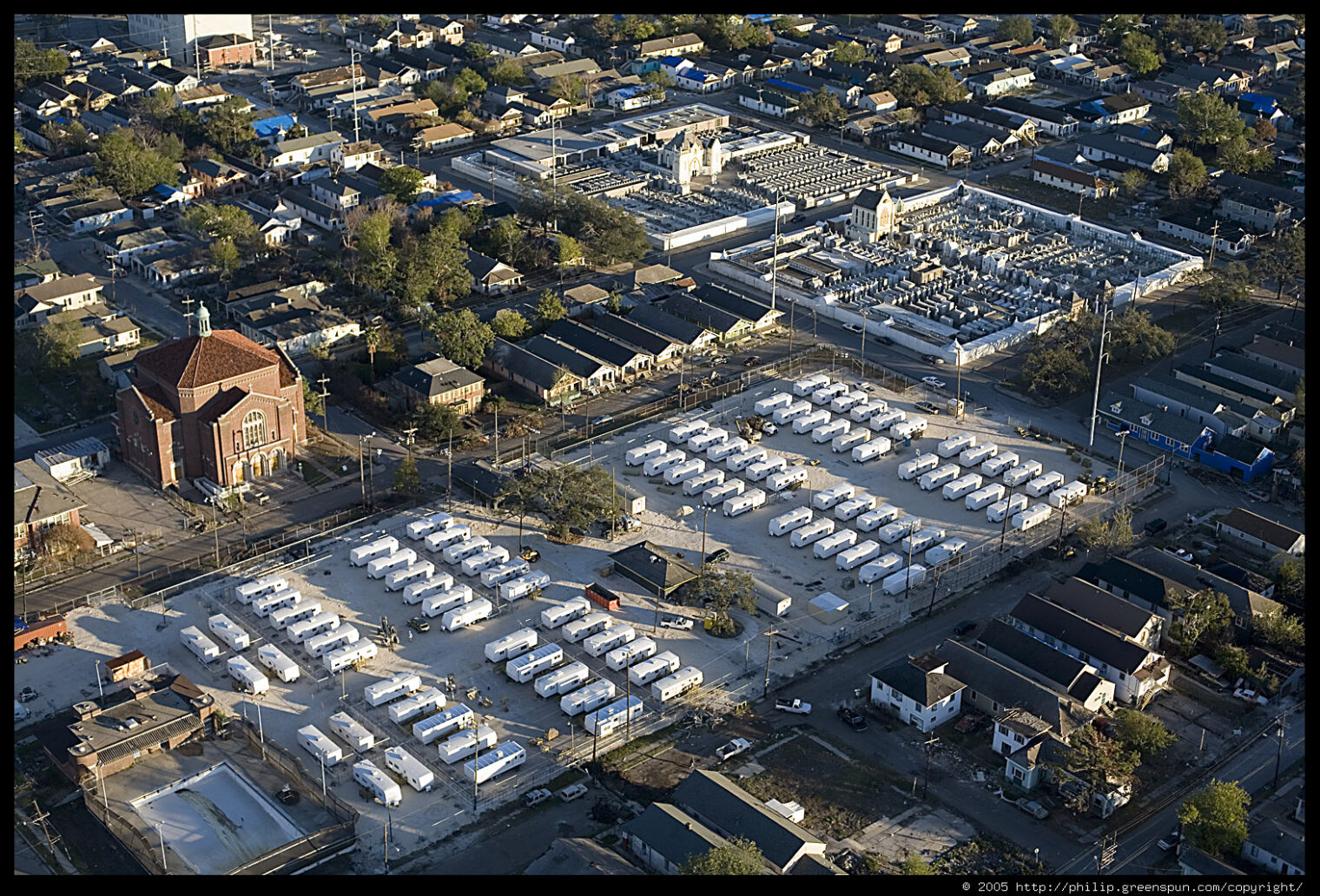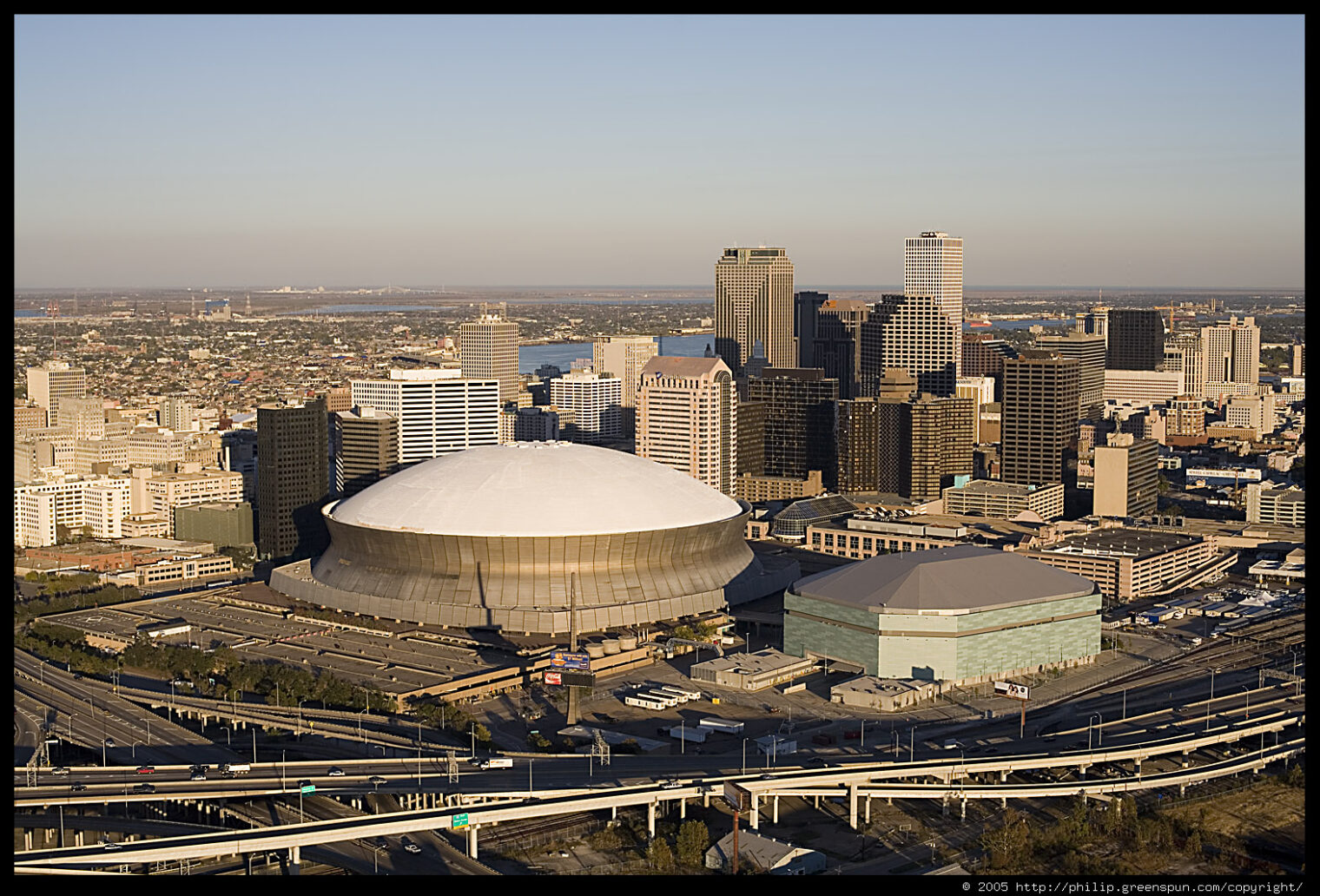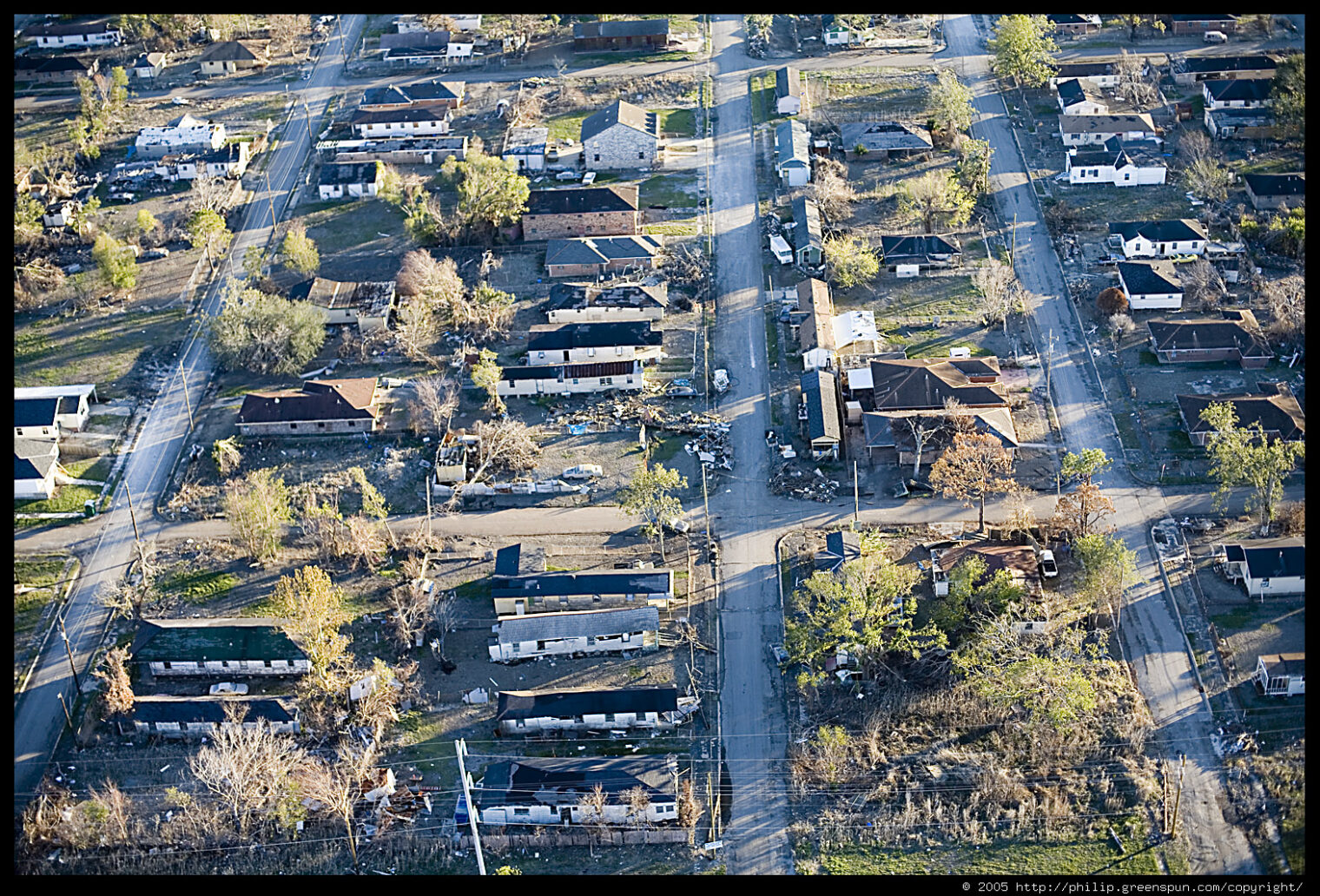“Effects of Immigration on African-American Employment and Incarceration” (NBER, 2007):
For white men, an immigration boost of 10 percent caused their employment rate to fall just 0.7 percentage points; for black men, it fell 2.4 percentage points.
That same immigration rise was also correlated with a rise in incarceration rates. For white men, a 10 percent rise in immigration appeared to cause a 0.1 percentage point increase in the incarceration rate for white men. But for black men, it meant a nearly 1 percentage-point rise.
How was it different in the early 20th century? I’m reading Rising Tide: The Great Mississippi Flood of 1927 and How it Changed America and the chapter on cotton plantations along the Mississippi has some relevant passages:
[Senator LeRoy] Percy declared: “The South must not be dependent for its prosperity upon the negro. There is not enough of him, and what there is is not good enough.”
Immigrants were then pouring into America by the millions, filling northern cities and factories, providing cheap, good, white labor. Percy decided to recruit Italians. In the 1870s, Delta planters had made a concerted effort to bring in Chinese from Hong Kong and from the labor gangs of the intercontinental railroads. The Chinese had left the fields, many opening tiny grocery stores, over fifty in Greenville alone.
in 1904 Percy boasted to the Manufacturer’s Record that Italians were “in every way superior to the negro…. If the immigration of these people is encouraged, they will gradually take the place of the negro without their being any such violent change as to paralyze for a generation the prosperity of the country.”
So far I recommend the book, most of which is about the efforts to understand and control the river.
Some photos taken from a Robinson R22 helicopter that I was ferrying from Los Angeles to Boston in December 2005, four months after Hurricane Katrina came through New Orleans. These include the FEMA trailers.
the Superdome…
the low-lying neighborhoods:


